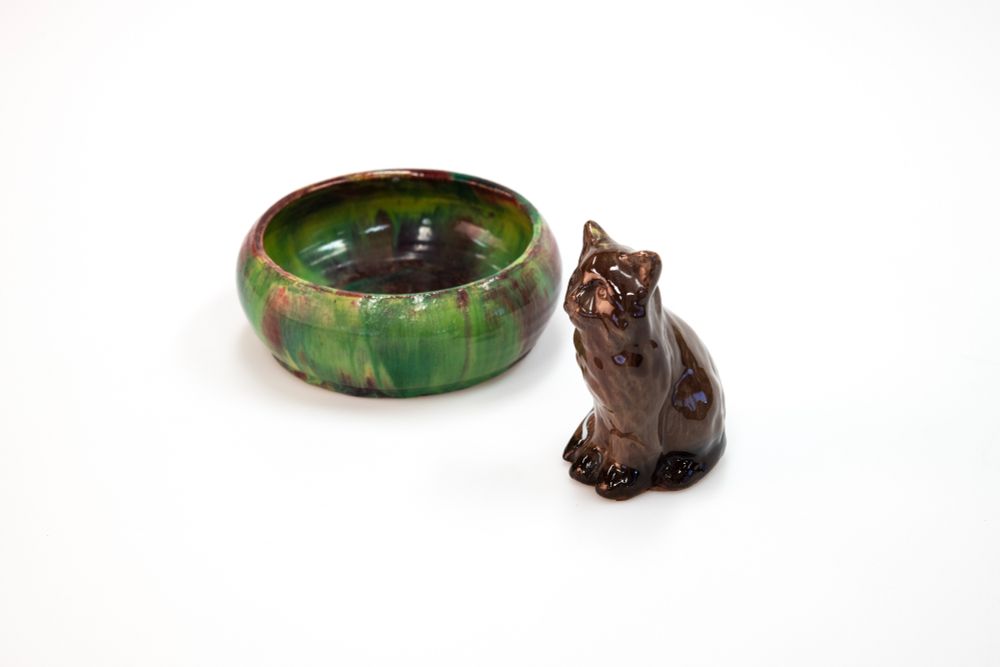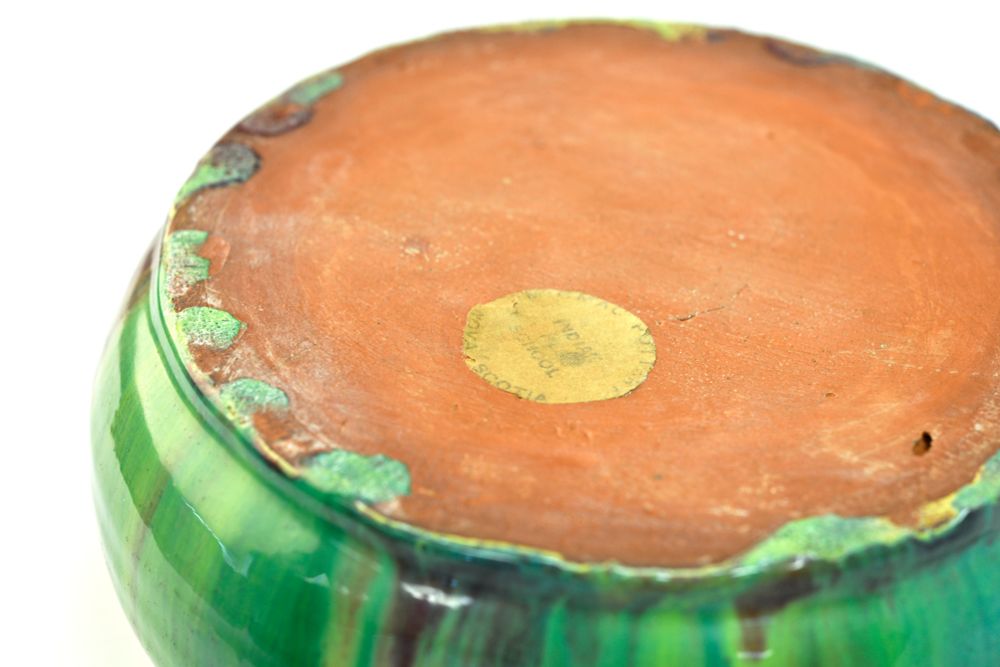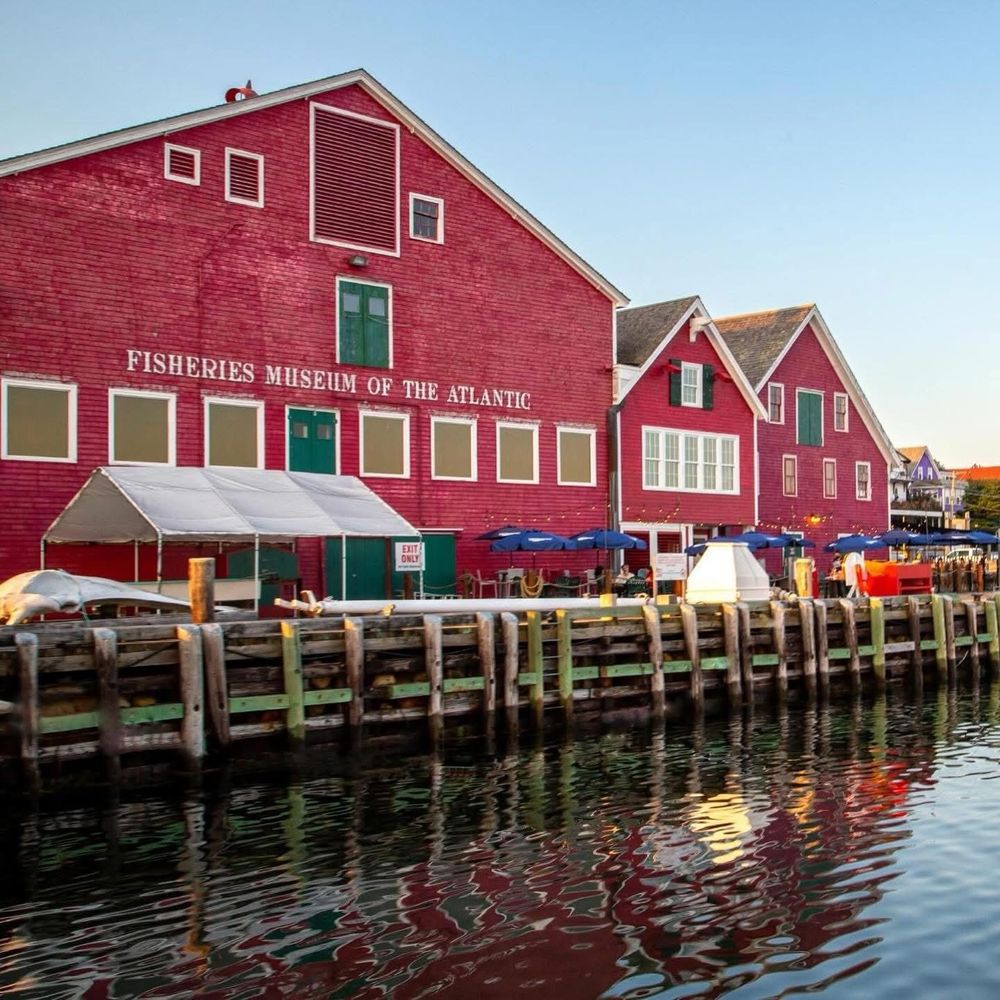Nova Scotia Museum
@novascotiamuseum.bsky.social
2.6K followers
170 following
640 posts
Telling Nova Scotia’s extraordinary stories.
Posts
Media
Videos
Starter Packs
Reposted by Nova Scotia Museum
Reposted by Nova Scotia Museum









![The underside of a glossy brown ceramic cat figurine, isolated on a white background. The base is covered in thick red felt and features two paper labels. A rectangular label reads '$7.00'. A circular, faded label is centered on the felt, bearing the handwritten text: 'MICMAC [partially obscured] INDIAN RES. SCHOOL SHUBIE NOVA SCOTIA,' referring to the Shubenacadie Residential School.](https://cdn.bsky.app/img/feed_thumbnail/plain/did:plc:76cwgpx3dvjlt4mfjwbnv7tt/bafkreibljqbj7lywnhvqalwscmjcirtsxwmg6ism4inhu5inoo5bq52aru@jpeg)














